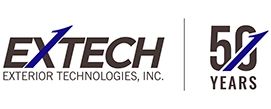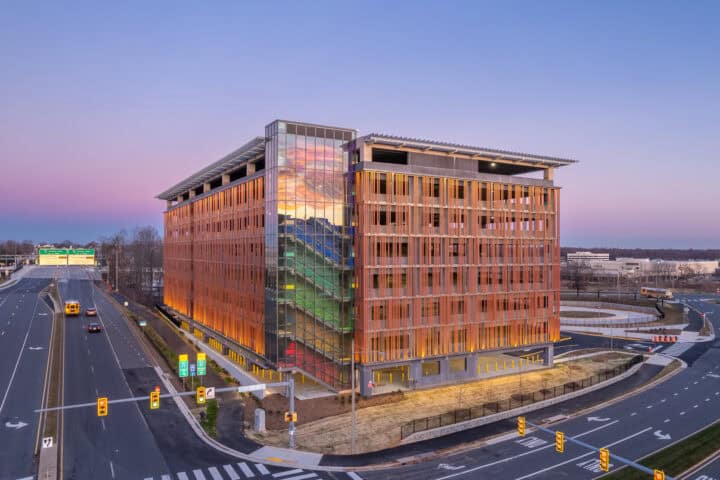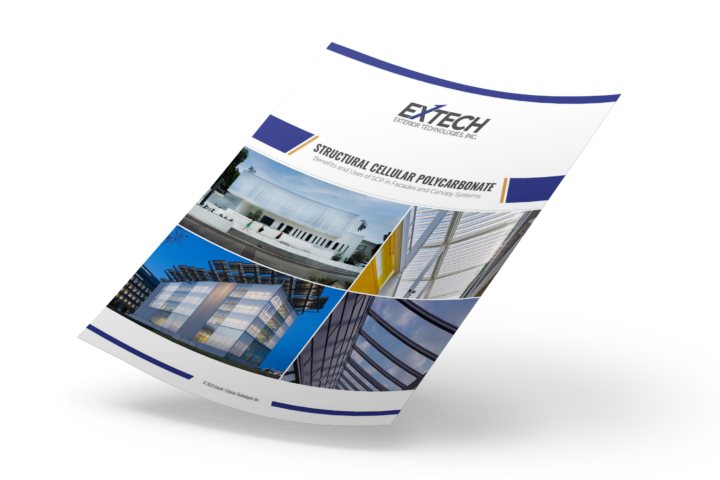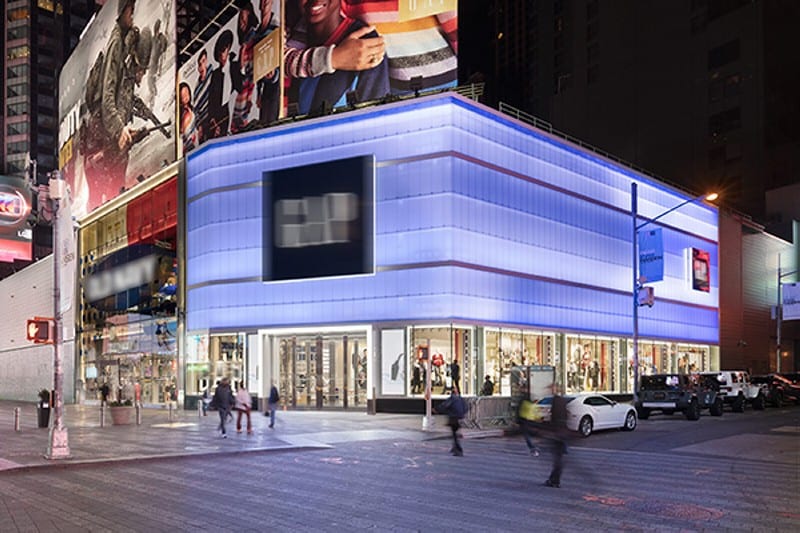
This article was originally written for Metal Construction News and appears on their website.
In the ever-evolving world of architecture and construction, building facades have long defined spaces, from ancient Roman architecture to today’s technology-powered buildings.
Facades serve as dynamic components of form, function, and sustainability. Among the materials driving this transformation, metal offers versatility, performance, and aesthetic freedom. Because of its benefits, metal is reshaping the way we think about building exteriors.
A canvas for creativity
As an architectural canvas, metal offers limitless opportunities for architectural expression. Whether the space is contemporary or classic, metals like aluminum, zinc, copper, and steel offer a multitude of options. Coating technologies further expand possibilities, making it easy to simulate wood, stone, or colors without sacrificing durability or sustainability goals.
In one example, a hospital partnered with artists and fabricators to turn a parking garage into a kinetic art piece. The children’s hospital has a tradition of visitors and patients tying colorful messages of hope to the trees outside the facility. The garage designer wished to emulate this message in a kinetic façade.
Custom aluminum panels, designed to flutter with the wind, displayed a colorful mural, described to have a calming effect on visitors and patients. The project fused art and architecture with metal as the medium; an example of the possibilities with custom design.
At City of Hope Hospital in Duarte, CA, this kinetic facade encapsulates the message of hope for patients and their loved ones.
Built for longevity
Unlike some materials that deteriorate over time, metal can withstand tough conditions. Its strength and resilience make it ideal for buildings in harsh climates or that experience wear and tear. Coated for corrosion resistance and requiring minimal maintenance, metal facades offer lasting beauty without the upkeep headaches common with more traditional materials.
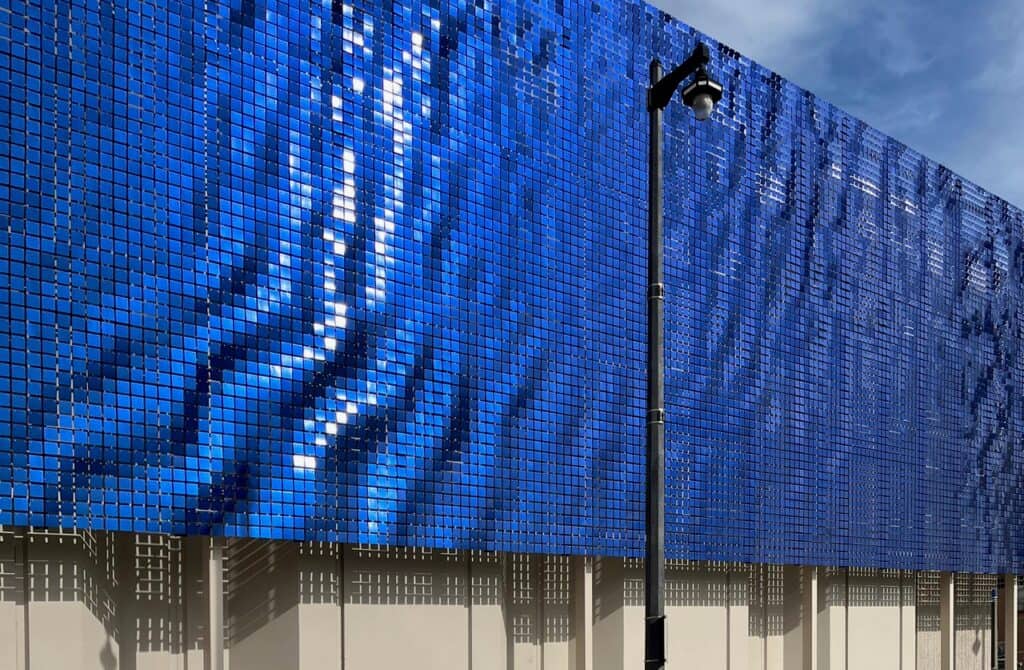
Smarter surfaces
Modern facades are more than static, utilitarian surfaces. They can be embedded with technology to enhance building performance—from solar panels generating power to adaptive systems that respond to light and weather. With lighting integration and motion capabilities, facades can become interactive surfaces that engage with their environment.
The Buffalo Niagara Convention Center features an aluminum and polycarbonate façade that was backlit with LEDs, creating a dazzling nighttime display. Not only is the façade lightweight (which helps reduce installation time and support required), it is also made from recyclable materials, promoting sustainability goals.
Building sustainably is a requirement in the 21st century. Metals like steel and aluminum are among the most recyclable building materials available. Their longevity and low maintenance contribute to a lower carbon footprint over a building’s life cycle.
The Buffalo Niagara Convention Center’s LED backlit facade serves as a light display.
Thanks to innovations in thermal coatings and panel design, metal facades can reflect solar radiation and minimize heat gain. This helps maintain comfortable interior conditions while reducing HVAC loads, resulting in more energy-efficient buildings that are both comfortable and cost-effective.
Enhancing light and air
Metal facades can filter light for more comfortable, shaded spaces. Perforated panels and innovative designs allow natural light to enter while maintaining privacy and security. In projects like parking structures, breezeways, balconies, and courtyards, this can make all the difference in comfort and experience.
Contemporary template for innovation
From perforations to embossing, custom shapes to kinetic movement, metal can be formed into nearly any design concept. Designers are no longer confined to off-the-shelf options; they’re empowered to collaborate with manufacturers on creations that reflect brand identity, culture, or location.
Metal facades embody a clean, contemporary look while remaining timeless, making them suitable for everything from corporate campuses to cultural centers. Whether the goal is to stand out or blend in, metal adapts to the architectural language at hand.
Metal facades represent more than just a building’s shell—they symbolize advancement and ingenuity. The integration of metal building systems into building envelopes is driving a new era of architectural possibility.
